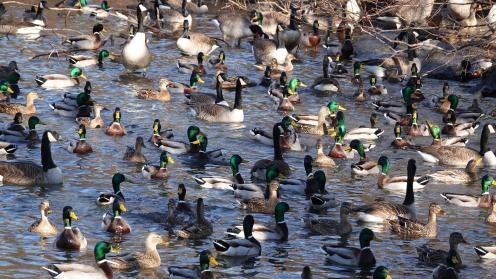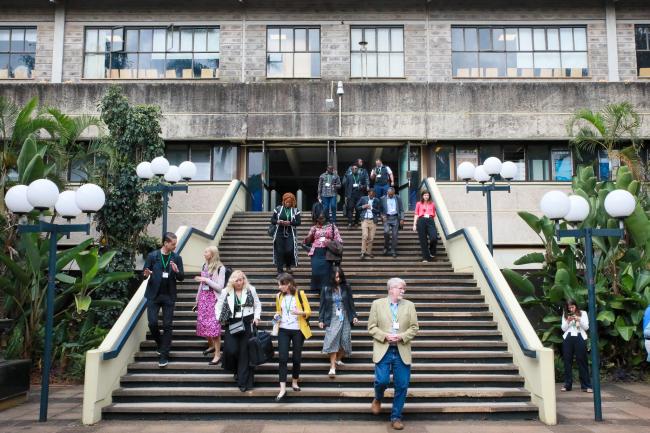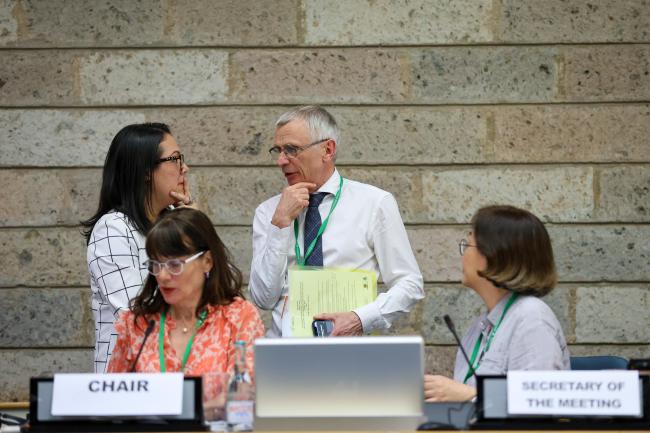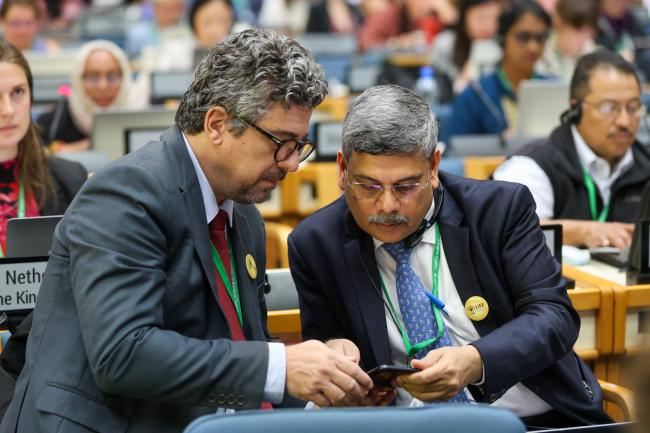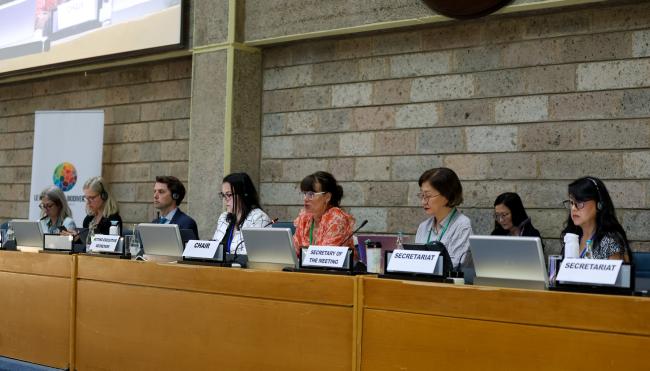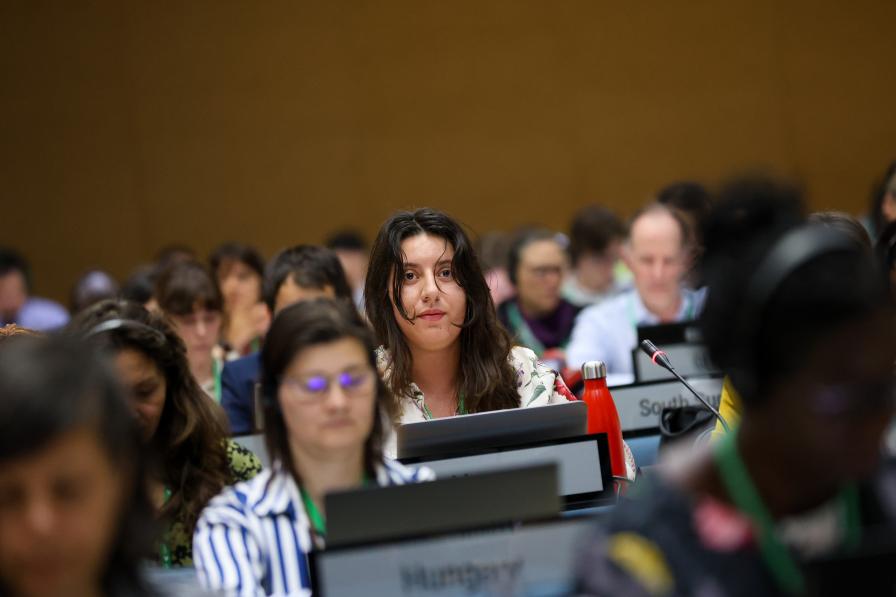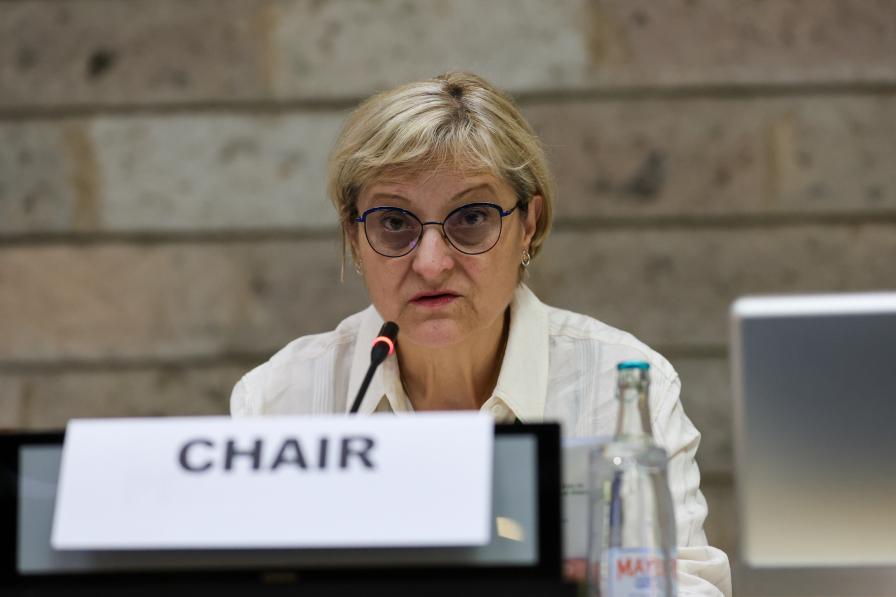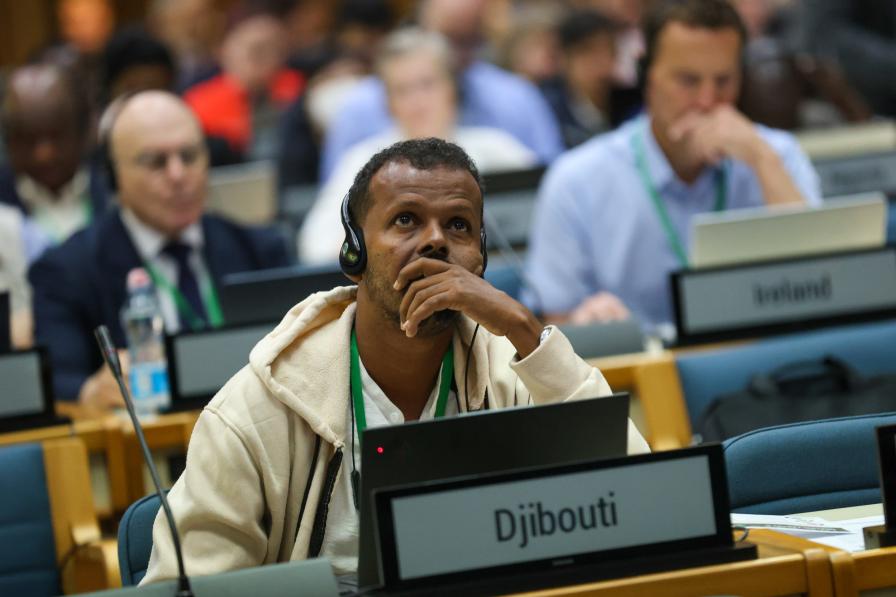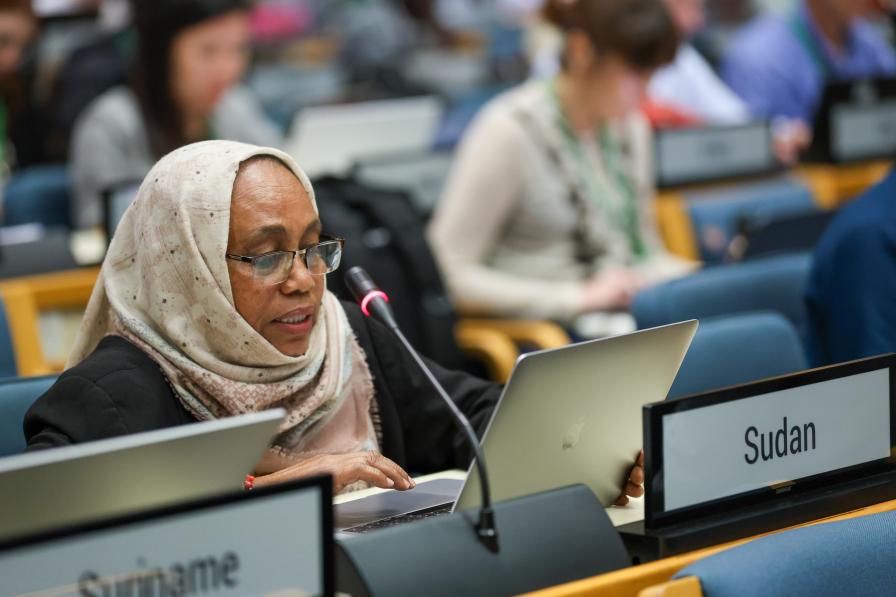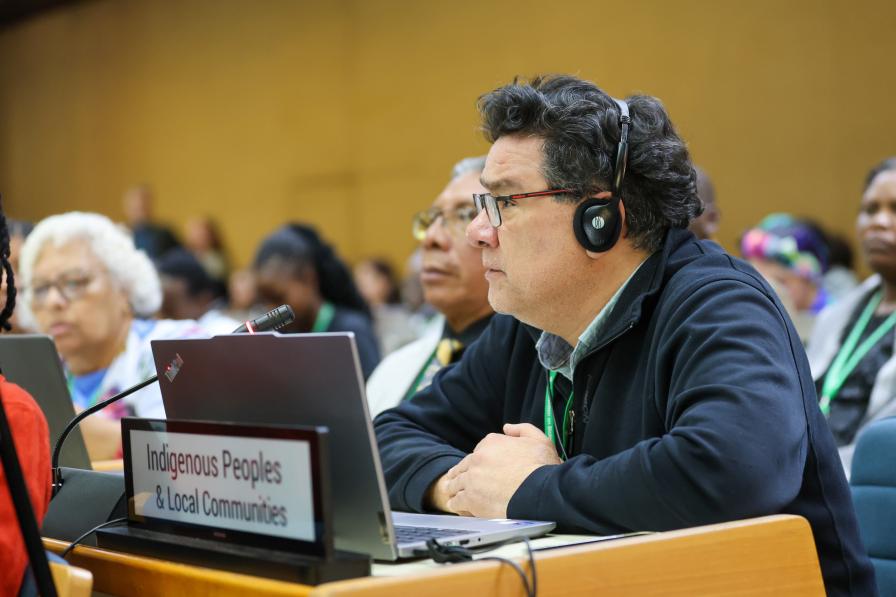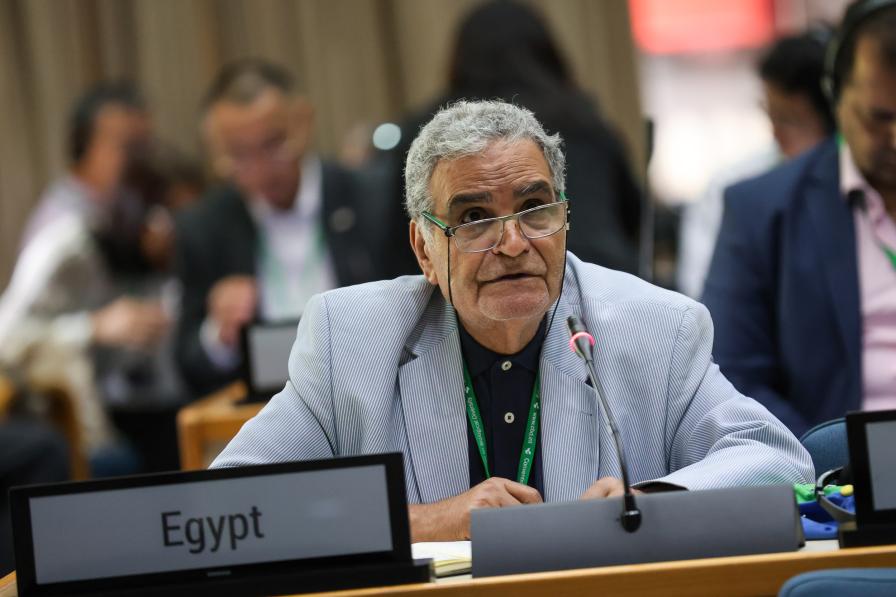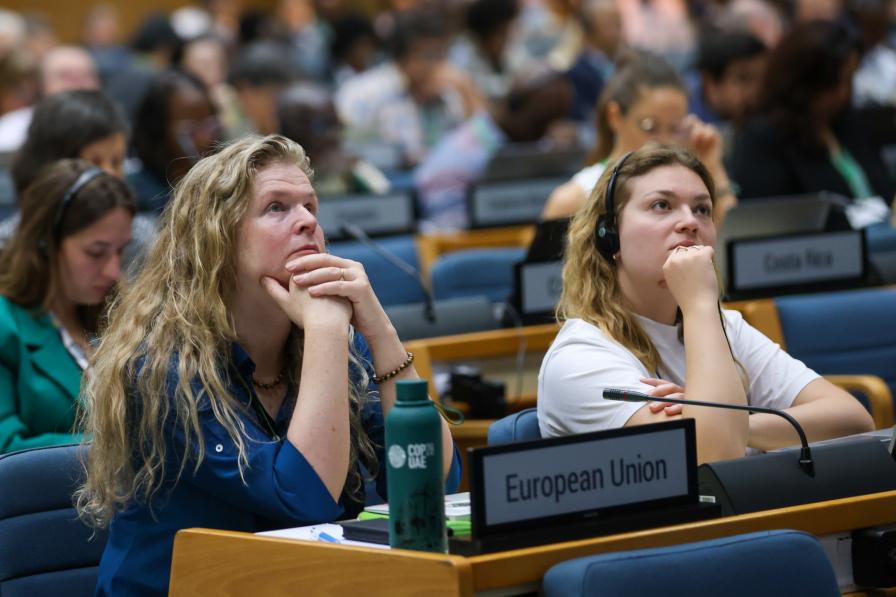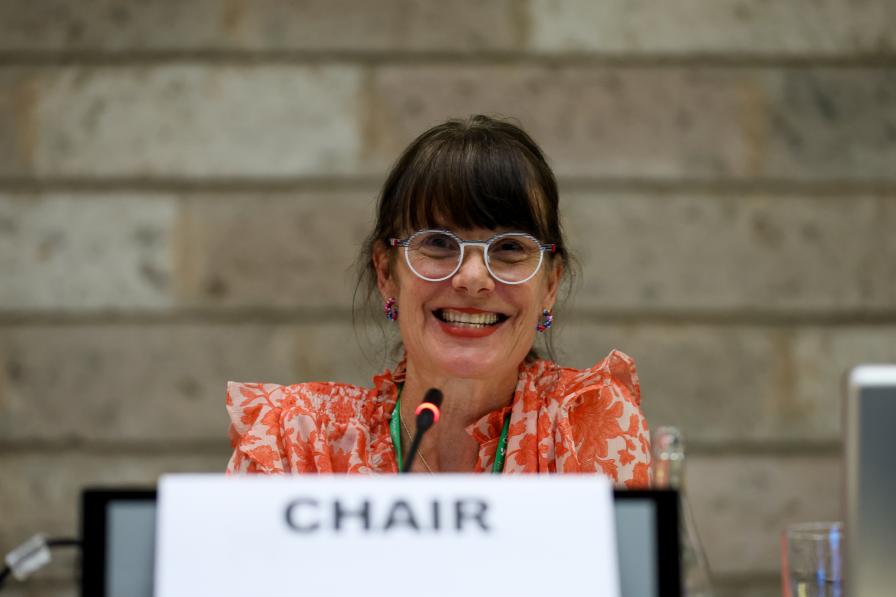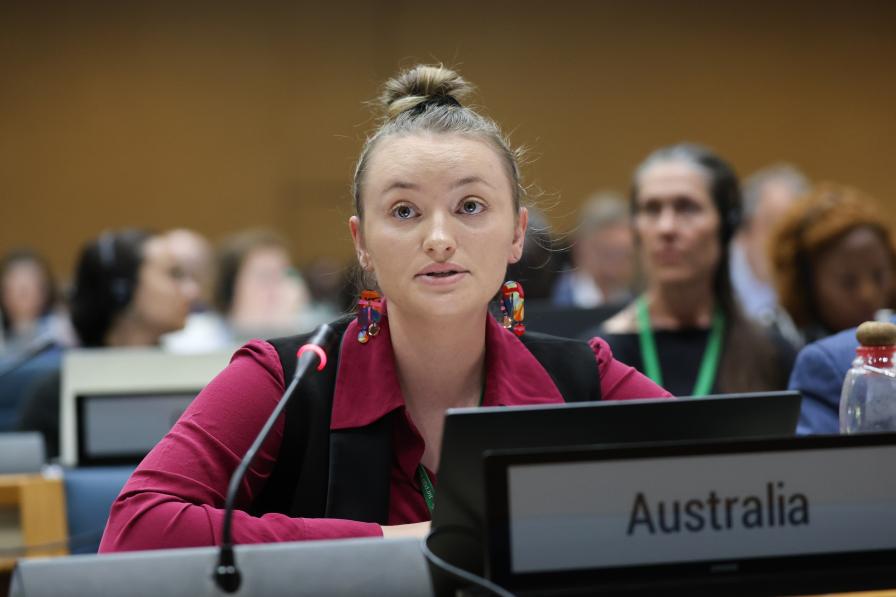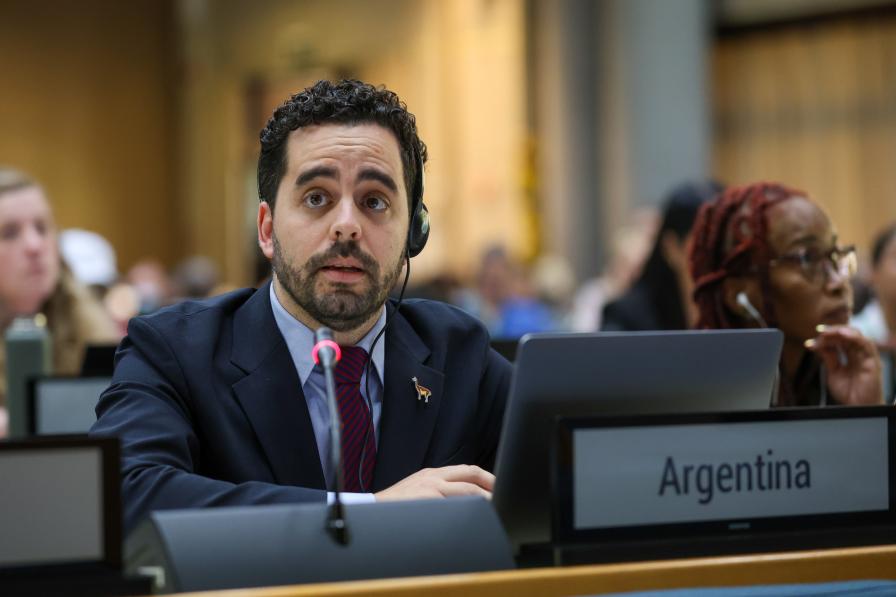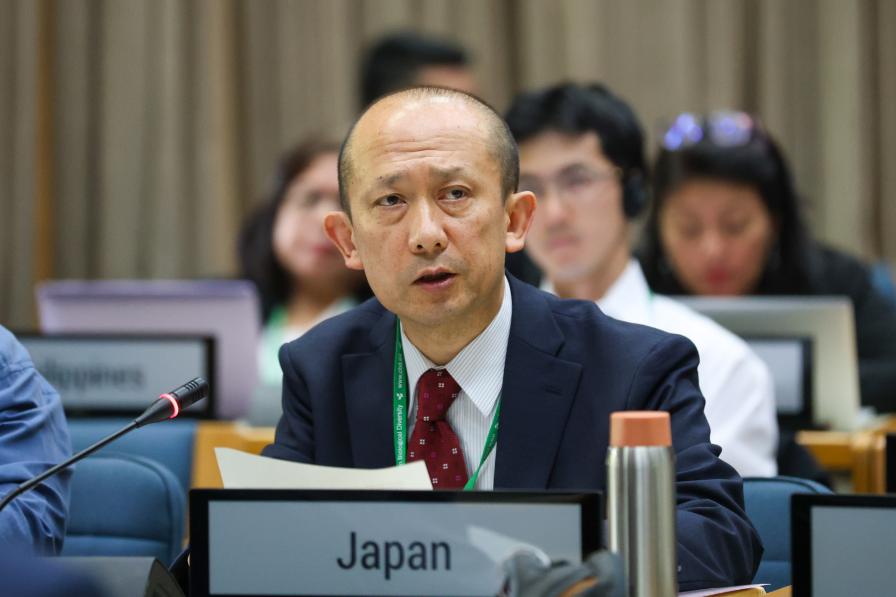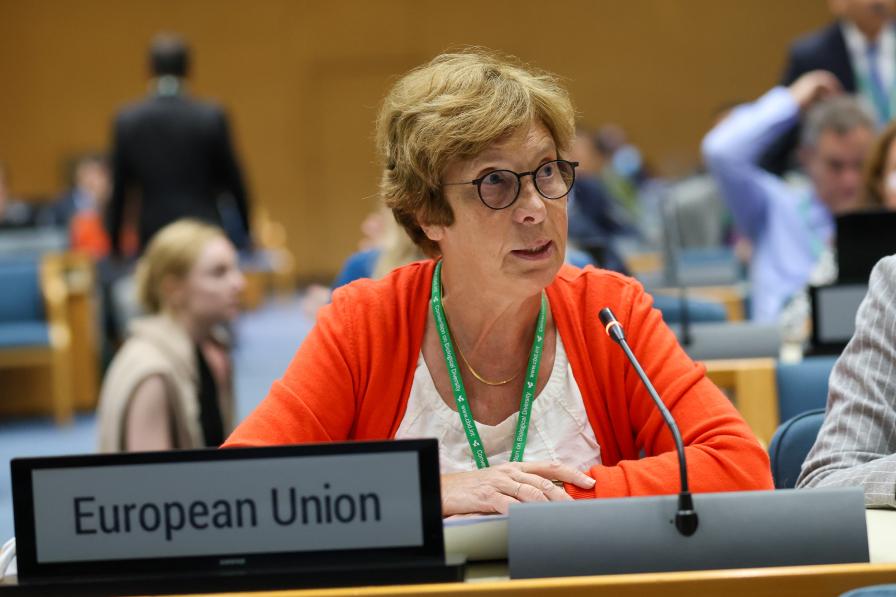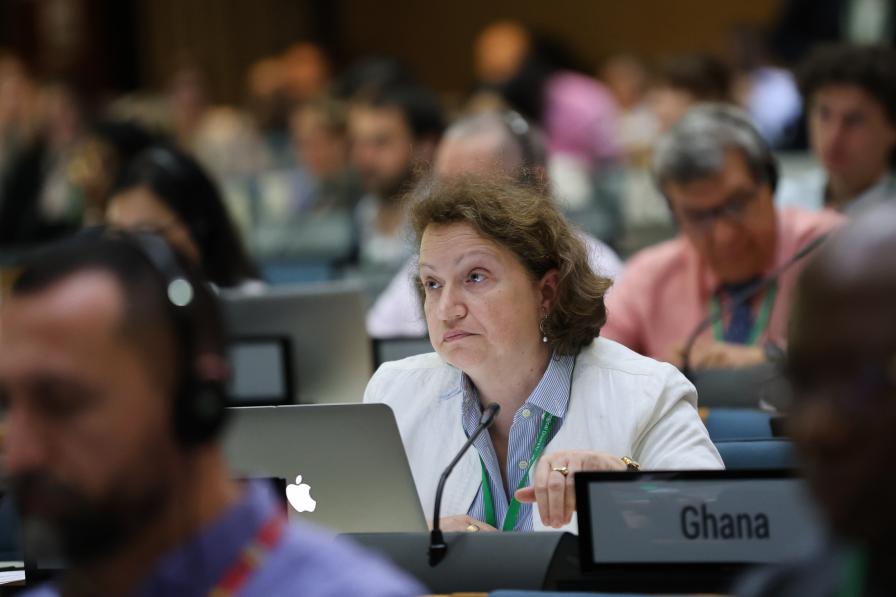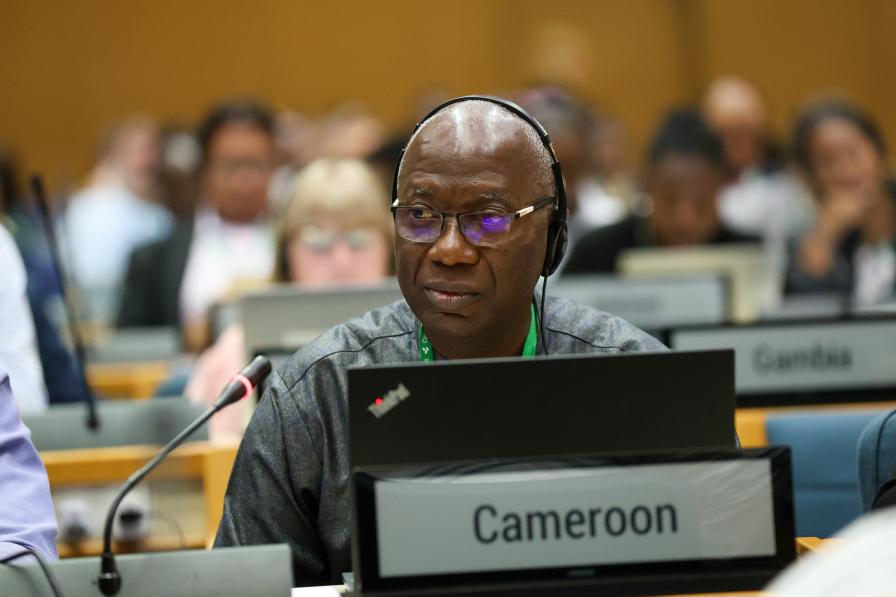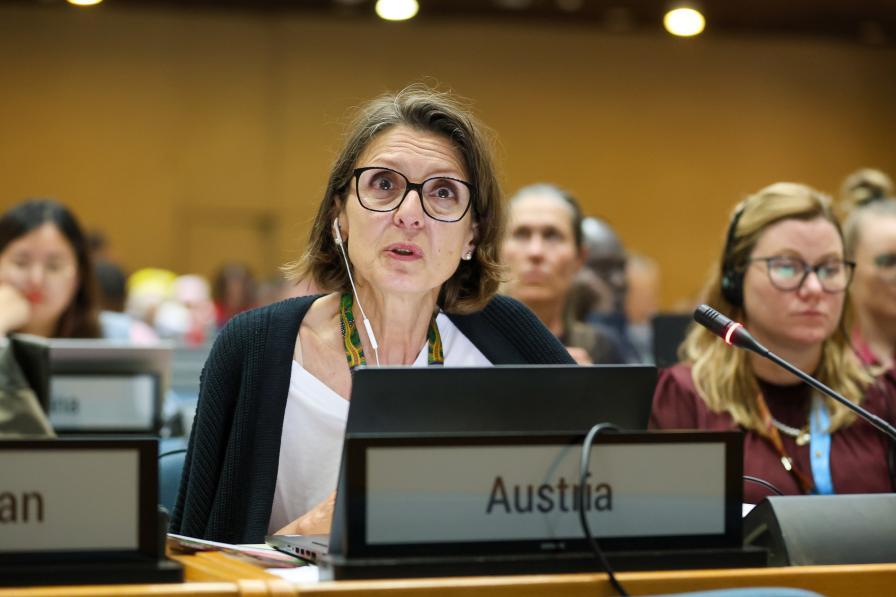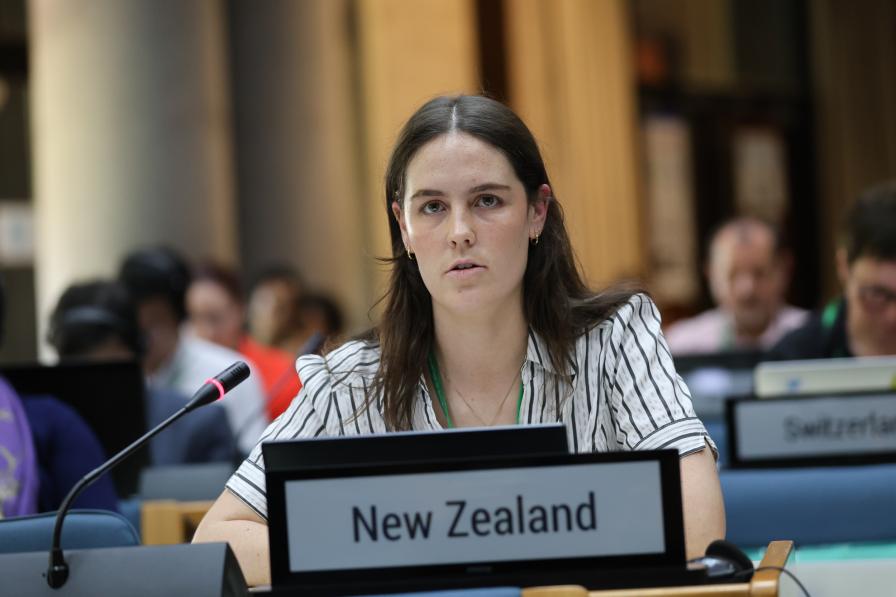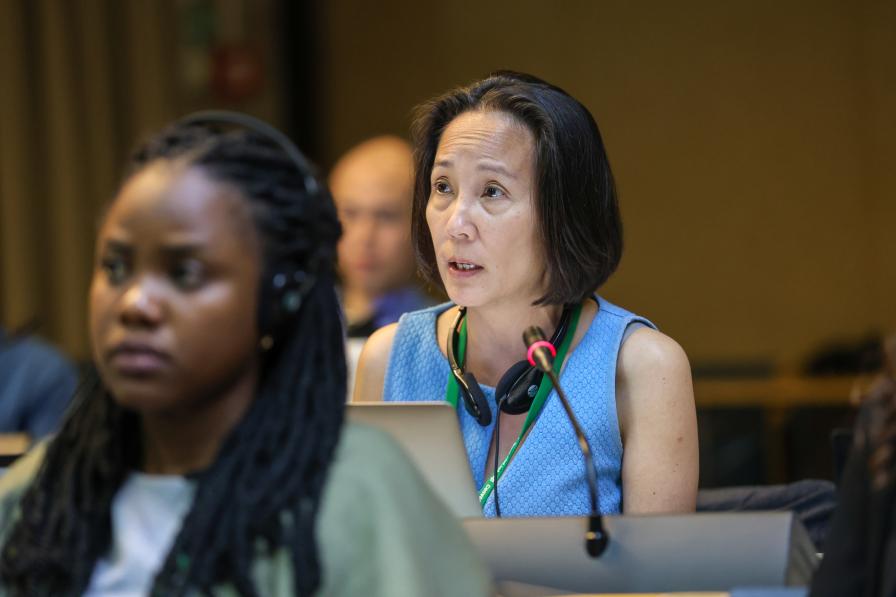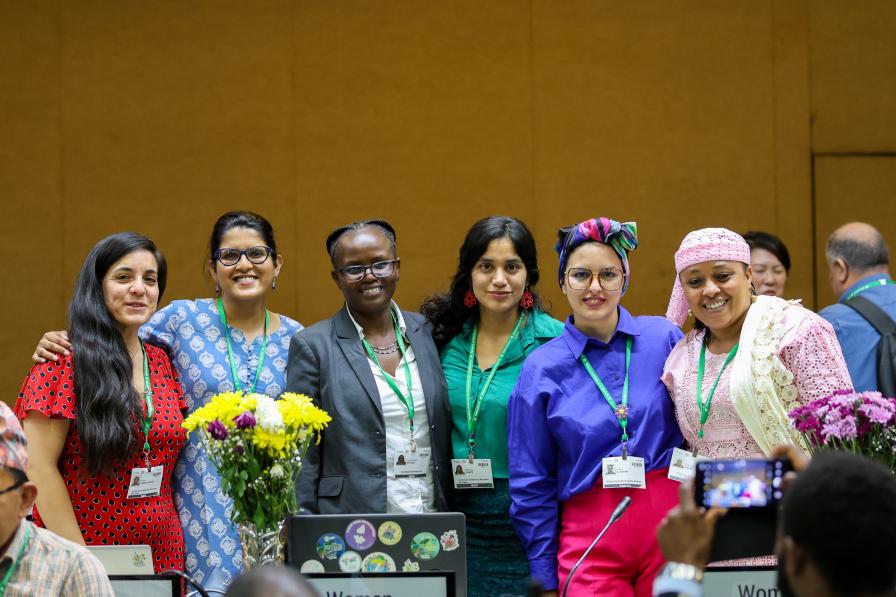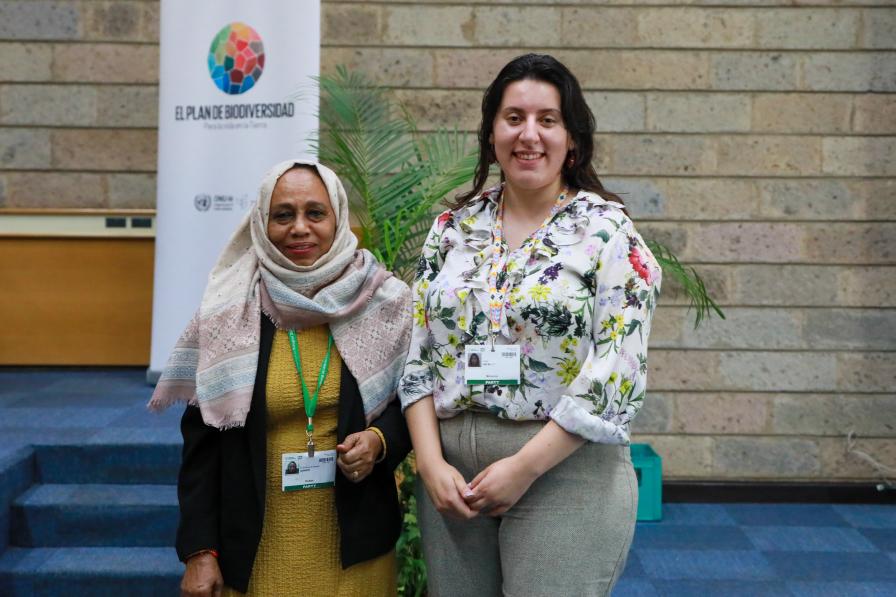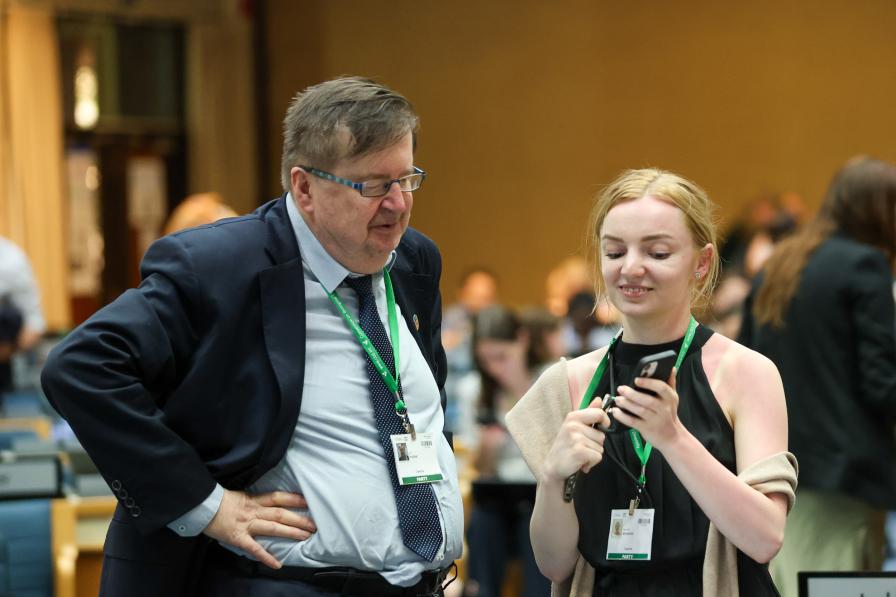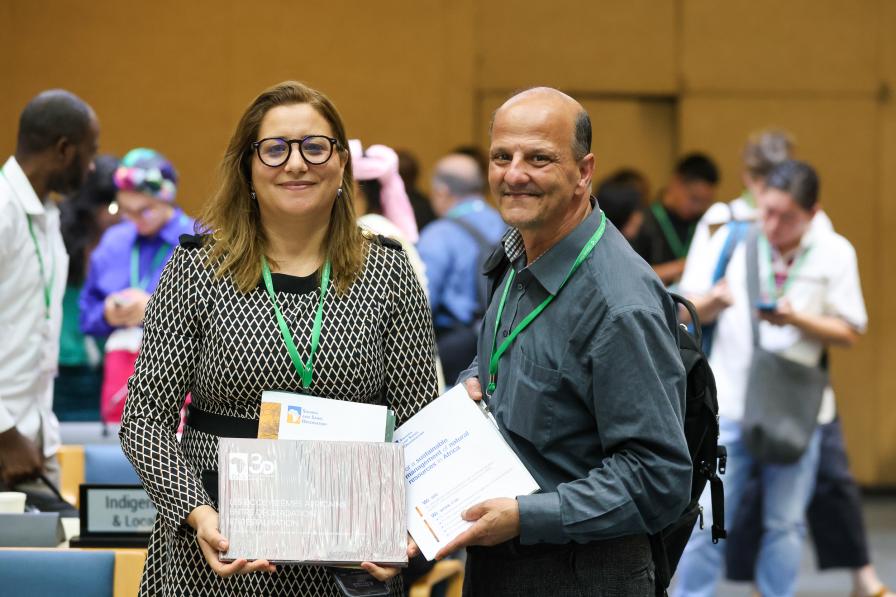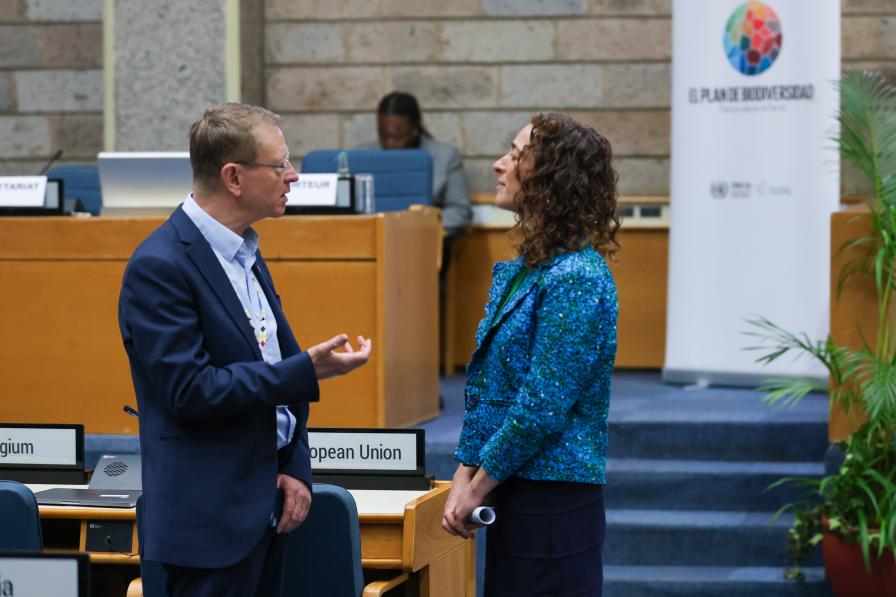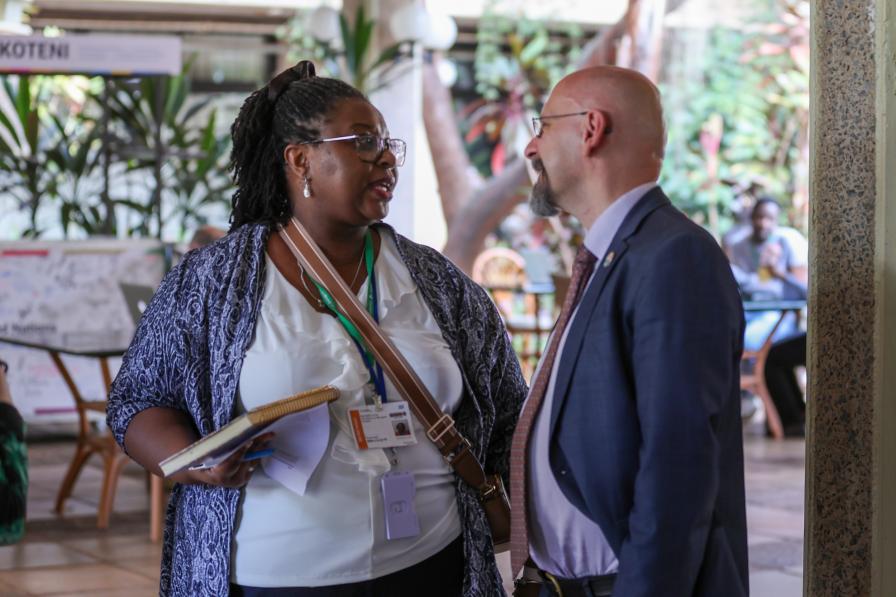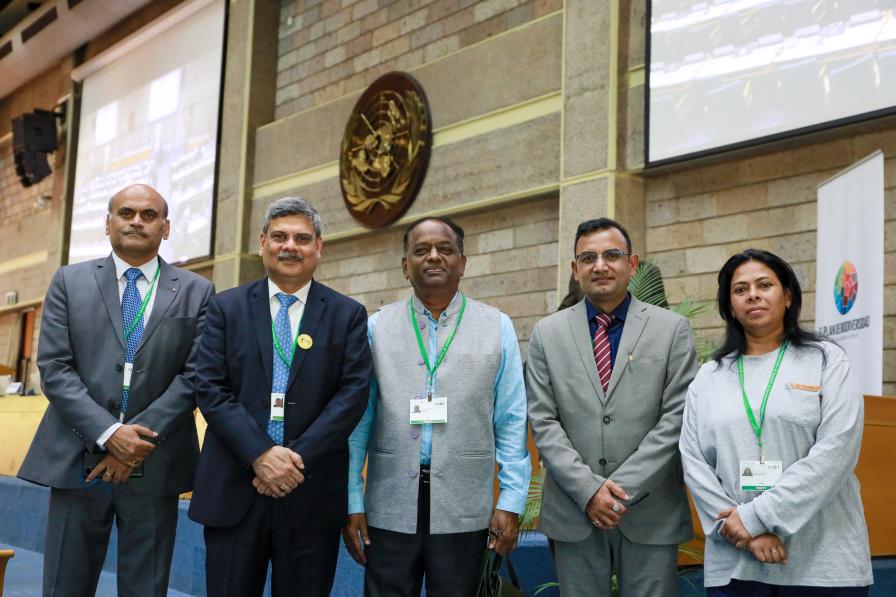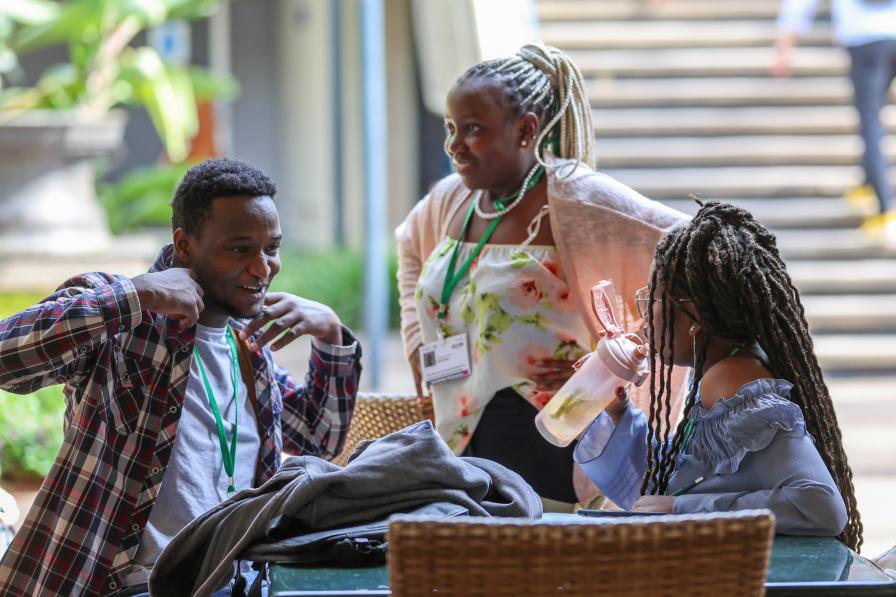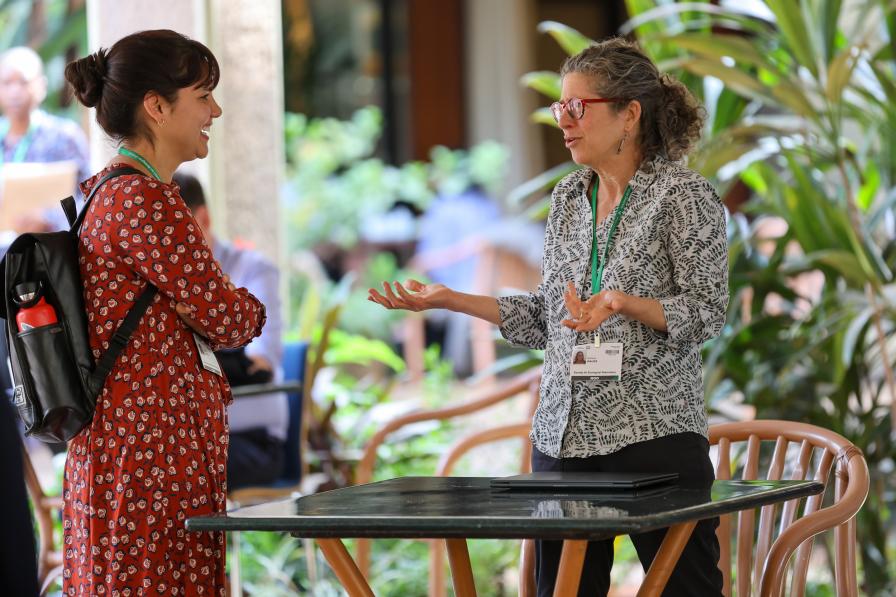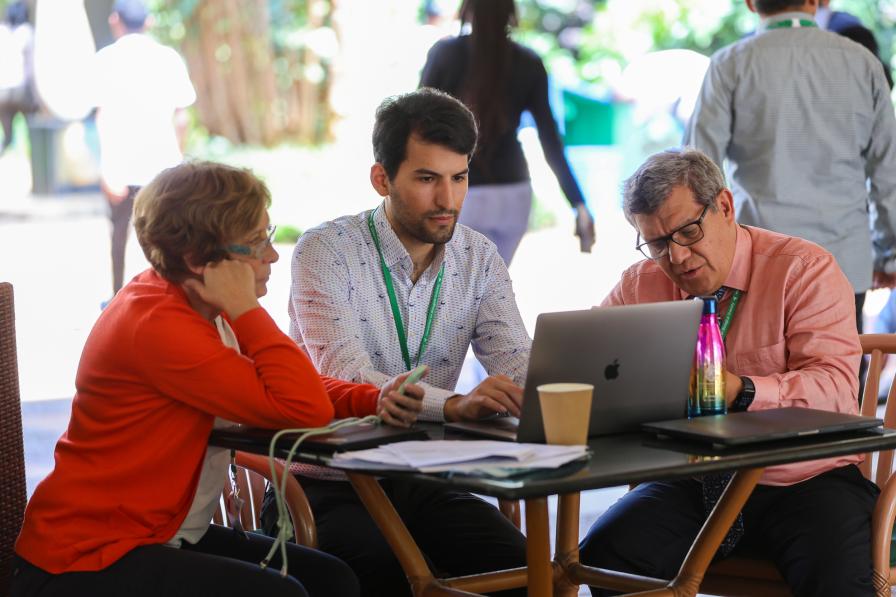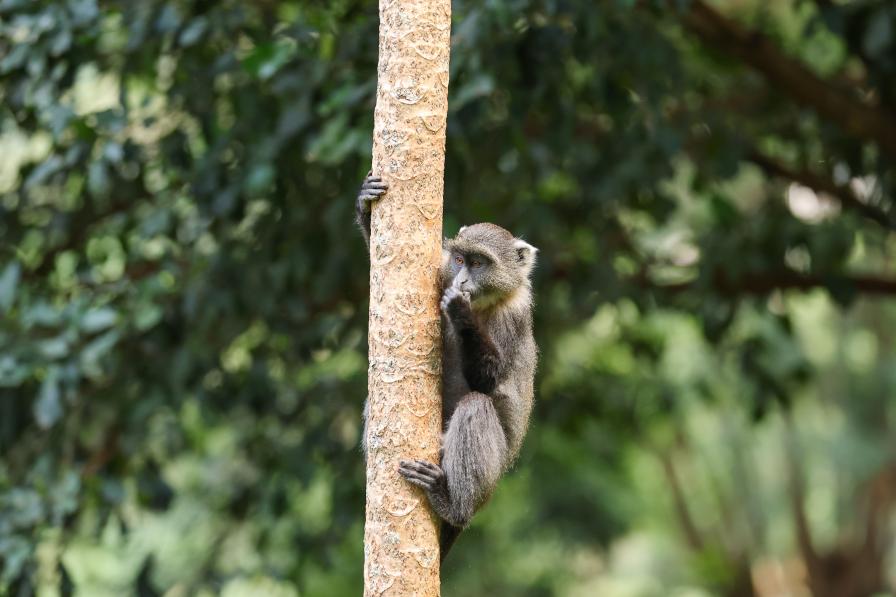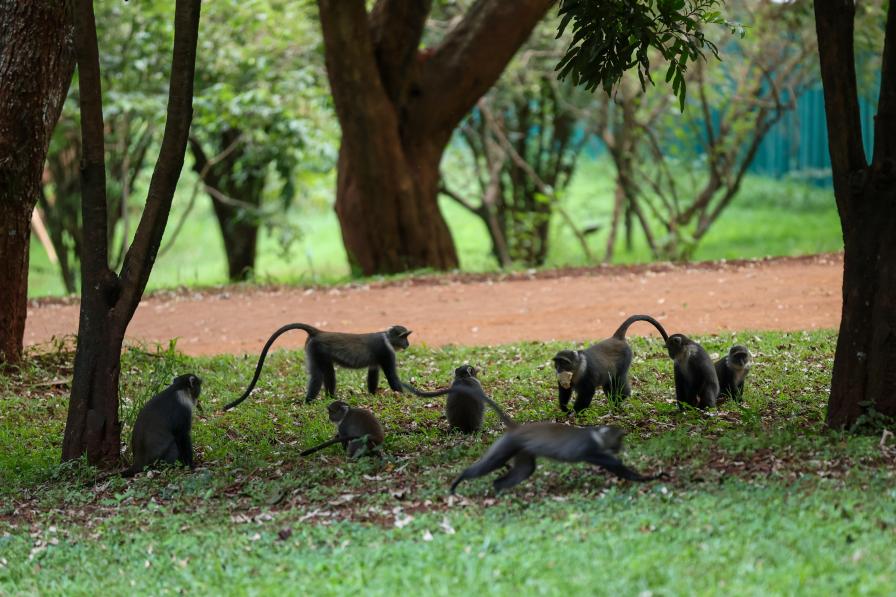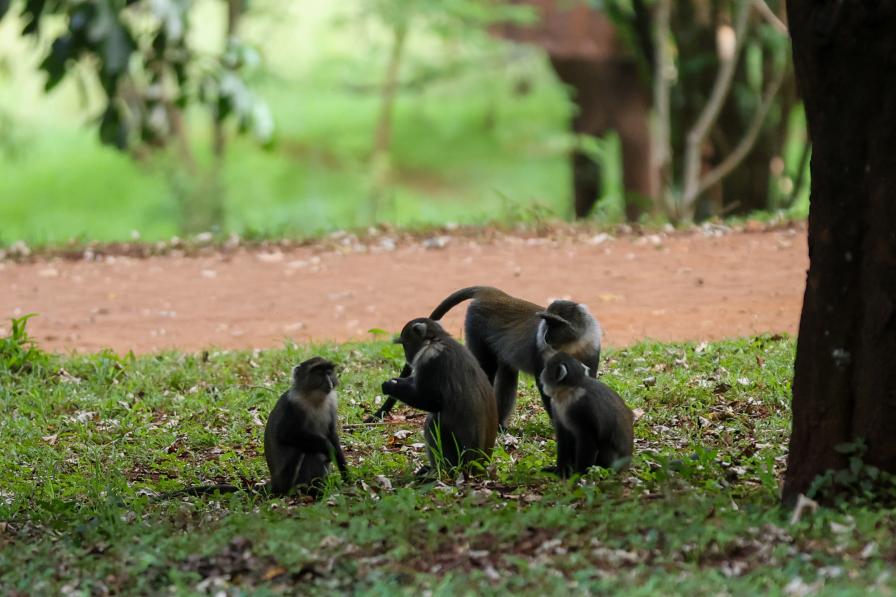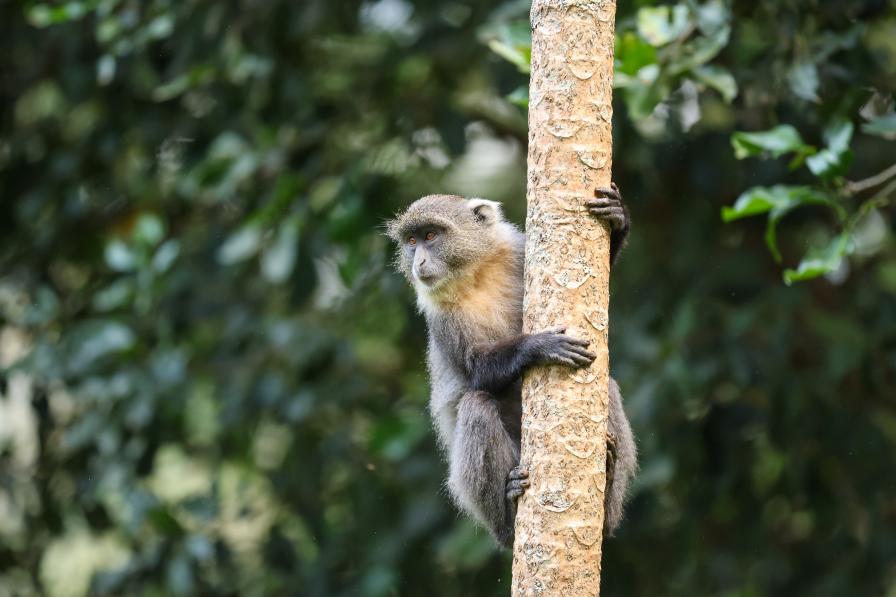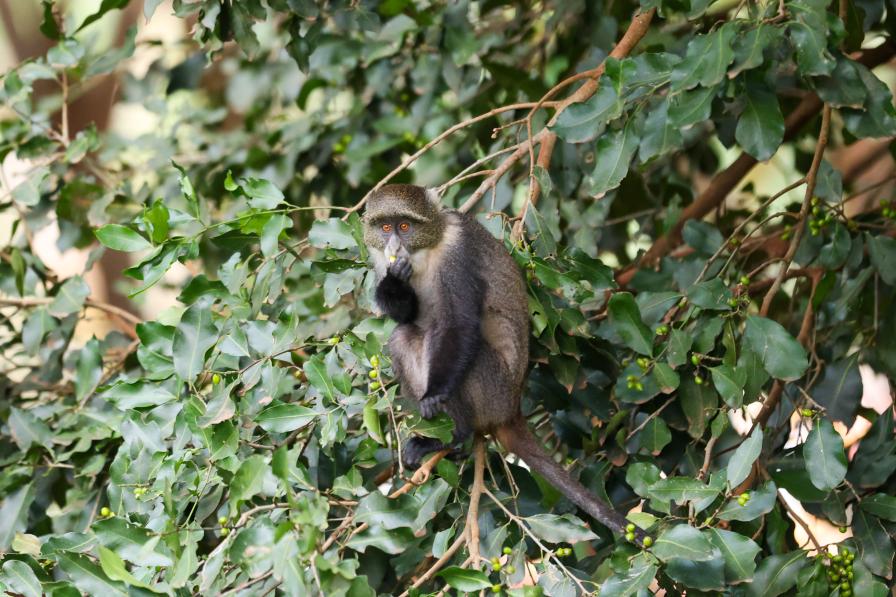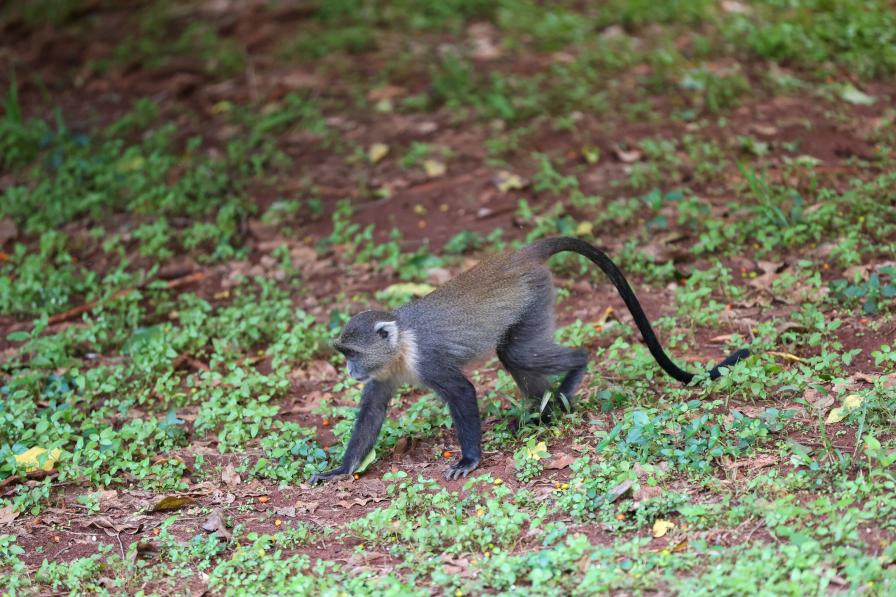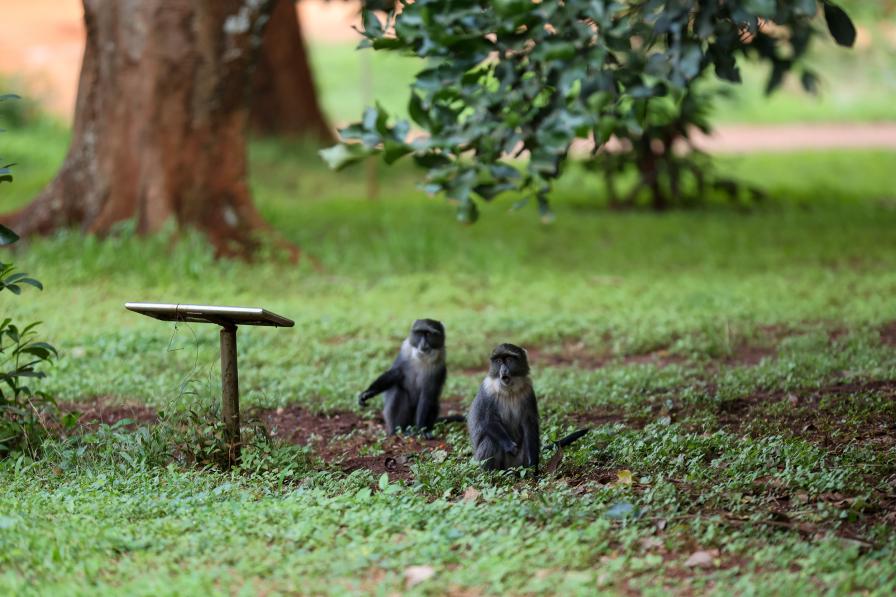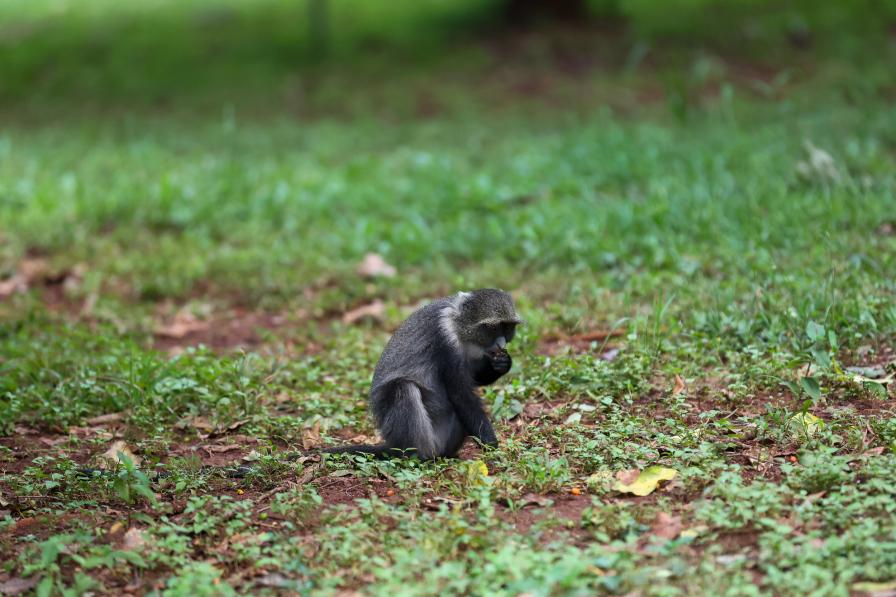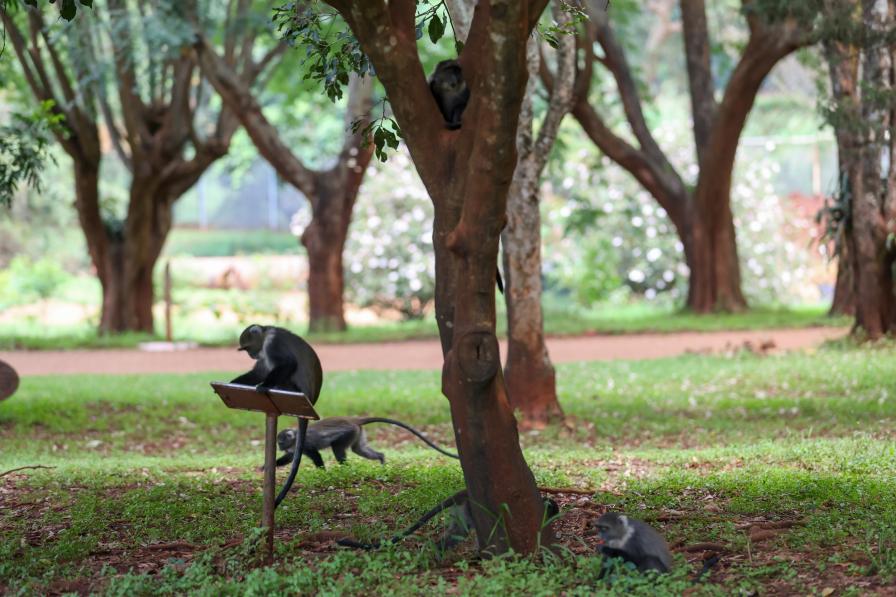Marine and coastal biodiversity and the interlinkages between biodiversity and health held the lion’s share of Wednesday's negotiations. Discussions under both themes often turned to the importance of considering and monitoring direct and indirect drivers of biodiversity loss, with many pointing out that these often also drive health-related issues.
Want to dig deeper into today's talks? Read the full Earth Negotiations Bulletin daily report.
Marine issues, including on the modalities for modifying ecologically or biologically significant marine areas (EBSAs) and describing new ones, have long been addressed under the Convention on Biological Diversity (CBD). Discussions on these issues continued Wednesday morning, with many delegates urging progress, highlighting the momentum created through the adoption of the Kunming-Montreal Global Biodiversity Framework (GBF) and the Agreement on the conservation and sustainable use of marine biodiversity of areas beyond national jurisdiction (BBNJ Agreement).
Some expressed hope that the work programmes will address issues that have been “often-overlooked,” including those experienced by small island developing states. Delegates also considered gaps and areas in need of additional efforts on marine and coastal biodiversity, with some suggesting to address light pollution and electromagnetic radiation that may affect deep-sea ecosystems.
Several delegates welcomed the important contributions of EBSAs in implementing the GBF, notably Target 3 to conserve 30% of land, waters, and seas by 2030. Others expressed concerns about potential jurisdictional issues, requesting further discussion. A contact group will be convened on Thursday.
The question of how to implement and track progress under the proposed global action plan on biodiversity and health took center stage in the afternoon, as discussions addressed the complexities of enacting a cross-cutting framework that upholds principles of inclusiveness and rights-based approaches. Some supported adopting the proposed action plan as it stands, with others proposing amendments to: align language with the GBF; develop guidance and monitoring indicators; and address benefit-sharing and digital sequence information.
Many emphasized the integral roles of traditional knowledge and Indigenous Peoples and Local Communities in the interlinkages between biodiversity and health, with others calling for an action plan that places biodiversity and environmental health on an equal footing with human and animal health.
Synergies across institutions and processes were also a focus of discussions. Several speakers encouraged using the One Health approach to mainstream biodiversity across sectors, and some suggested integrating the health benefits of biodiversity in education. Other delegates had serious concerns regarding gaps in the action plan. Several cautioned prejudging decisions under the purview of other instruments and going beyond the CBD’s scientific and technical mandate, particularly referring to work within the World Health Organization and the Food and Agriculture Organization of the UN.
The lights at the UN campus in Nairobi stayed on until late again, but only in one room — following the concerns voiced by smaller delegations regarding parallel meetings, only the contact group on the GBF monitoring framework met in the evening.
To receive free coverage of global environmental events delivered to your inbox, subscribe to the ENB Update newsletter.
All ENB photos are free to use with attribution. For CBD SBSTTA 26 and SBI 4, please use: Photo by IISD/ENB Mike Muzurakis.
